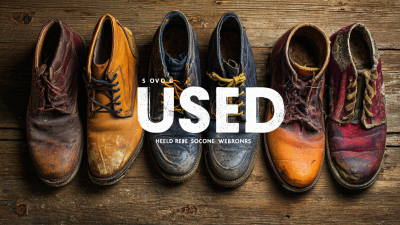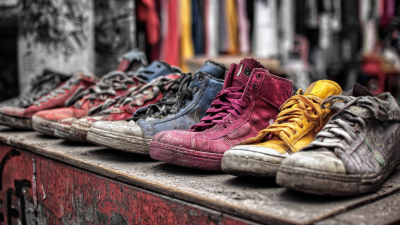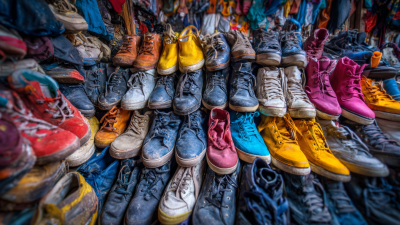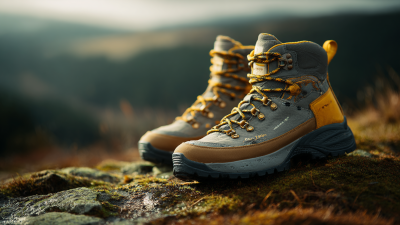Leave Your Message
The global market for used clothing shoes has seen significant growth, driven by increased consumer awareness of sustainable fashion and the rising demand for affordable alternatives. According to a report by ThredUp, the secondhand apparel market is projected to reach $64 billion by 2024, highlighting a shift towards eco-conscious shopping habits. Additionally, the World Economic Forum emphasizes that sourcing used clothing shoes responsibly can not only create economic opportunities but also reduce the environmental impact associated with textile waste. As businesses and consumers alike continue to embrace circular fashion, understanding the nuances of sourcing high-quality used clothing shoes becomes essential. In this guide, we will explore five crucial tips to help you navigate the global market for pre-owned footwear and apparel effectively.
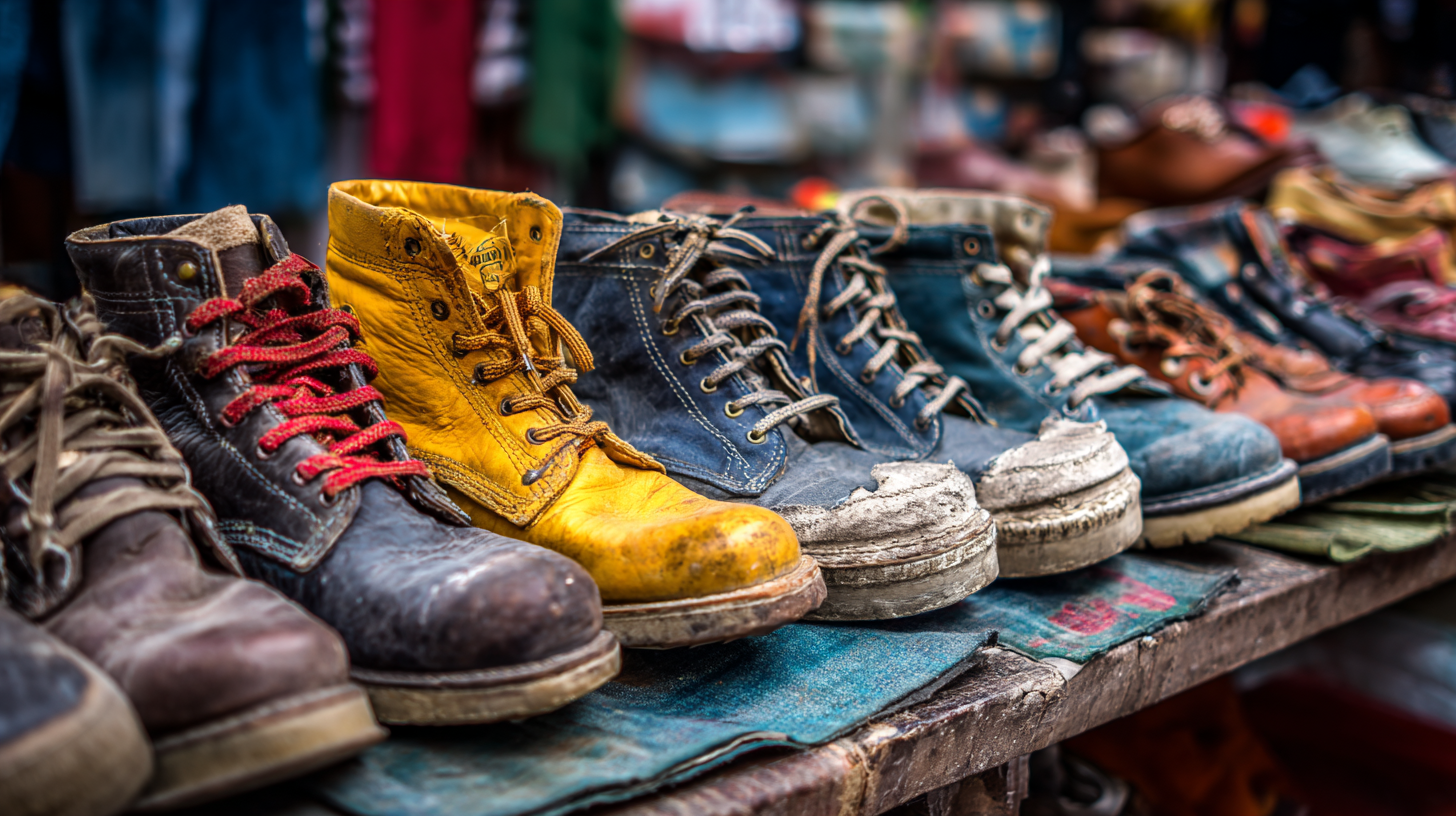
When sourcing high-quality used clothing and shoes globally, identifying reliable sources is paramount to ensure the products meet your standards. Start by researching reputable wholesalers and distributors who specialize in second-hand goods. Look for companies that provide detailed information about their sourcing methods, as transparency can indicate a commitment to quality. Attending trade shows or industry conferences can also be a great way to connect with established suppliers and get a firsthand look at their offerings.
Furthermore, networking with other businesses that sell used clothing can yield valuable recommendations. Join online forums or social media groups focused on second-hand retail, where experienced sellers can share their insights on reliable sourcing channels. Building relationships with trustworthy suppliers not only helps in acquiring quality products but also fosters long-term partnerships that can be advantageous for your business's growth. Remember, quality over quantity is key when it comes to selecting used clothing and footwear.
When sourcing high-quality used clothing and shoes globally, it’s essential to stay informed about current market trends. Researching global market trends can provide valuable insights into consumer preferences and emerging styles across different regions. This knowledge helps in identifying the most sought-after items and enables businesses to tailor their inventory to meet specific demands. For example, understanding which vintage styles are gaining popularity can inform sourcing strategies, ensuring that suppliers are fertile ground for the next big trend.
Additionally, utilizing online market research tools and social media platforms can facilitate a deeper understanding of regional specificities. Different areas may have unique cultural influences that dictate their clothing styles. By observing these local preferences and leveraging platforms like Instagram or Pinterest, businesses can curate a collection that resonates with their target audience. Networking with local buyers and industry experts in different markets can further enrich this understanding, leading to more effective sourcing strategies that drive success in the competitive landscape of used apparel and shoes.
When sourcing high-quality used clothing and shoes globally, evaluating the condition and authenticity of pre-owned fashion items is paramount. According to a 2022 ThredUp report, the secondhand market is expected to grow to $82 billion by 2026, highlighting the increasing consumer demand for sustainable fashion options. This trend underscores the importance of vetting items not only for their aesthetic appeal but also for their quality. Inspect seams, zippers, and overall craftsmanship to ensure longevity; items that withstand the test of time are more likely to retain their value.
Authenticity is another critical factor in sourcing secondhand luxury goods. The resale market for luxury fashion saw a remarkable growth of 65% in 2021, as reported by Bain & Company. For buyers, acquiring counterfeit goods can lead to significant financial losses. To avoid this, examine labels, packaging, and authenticating features specific to the brand. Utilizing resources such as the RealReal’s authentication team can also provide valuable insights into verifying item authenticity. With these strategies, you can confidently source high-quality pre-owned garments that not only meet the demands of sustainability but also appeal to discerning fashion enthusiasts.
| Tip | Description | Evaluation Criteria | Authenticity Check |
|---|---|---|---|
| 1. Research Suppliers | Identify reputable suppliers and brands. | Supplier reviews, certifications, and trust scores. | Look for brand-specific tags, labels, and packaging. |
| 2. Inspect Physical Condition | Examine items for signs of wear and tear. | Check stitching, fabric quality, and zippers. | Cross-reference with official product images. |
| 3. Verify Sizing | Ensure proper sizing as per your target market. | Compare with standardized size charts. | Use size tags and compare dimensions. |
| 4. Request Detailed Photos | Ask for high-resolution images from multiple angles. | Assess clarity and comprehensiveness of photos. | Evaluate distinct features through images. |
| 5. Understand Return Policies | Know the terms for returns and exchanges. | Duration, conditions, and processes for returns. | Ensure policies are transparent and customer-friendly. |
When sourcing high-quality used clothing and shoes globally, building relationships with reputable wholesalers and suppliers is vital to ensure a steady influx of quality inventory. Establishing trust and rapport with your suppliers can significantly impact the reliability of your sourcing process. Start by conducting thorough research to identify suppliers that have a proven track record in the industry. Look for reviews, testimonials, and case studies that demonstrate their credibility and the quality of their products.
Once you've identified potential suppliers, initiate contact with them through personalized communication. This can involve direct meetings, video calls, or visits to their facilities, if feasible. During these interactions, discuss your specific needs, including the types of clothing and footwear you’re interested in. Make sure to express your commitment to quality and sustainability, as reputable wholesalers often appreciate partners who share their values. By fostering open communication and collaboration, you can create long-lasting relationships that benefit both parties and help ensure that you consistently receive high-quality used goods.
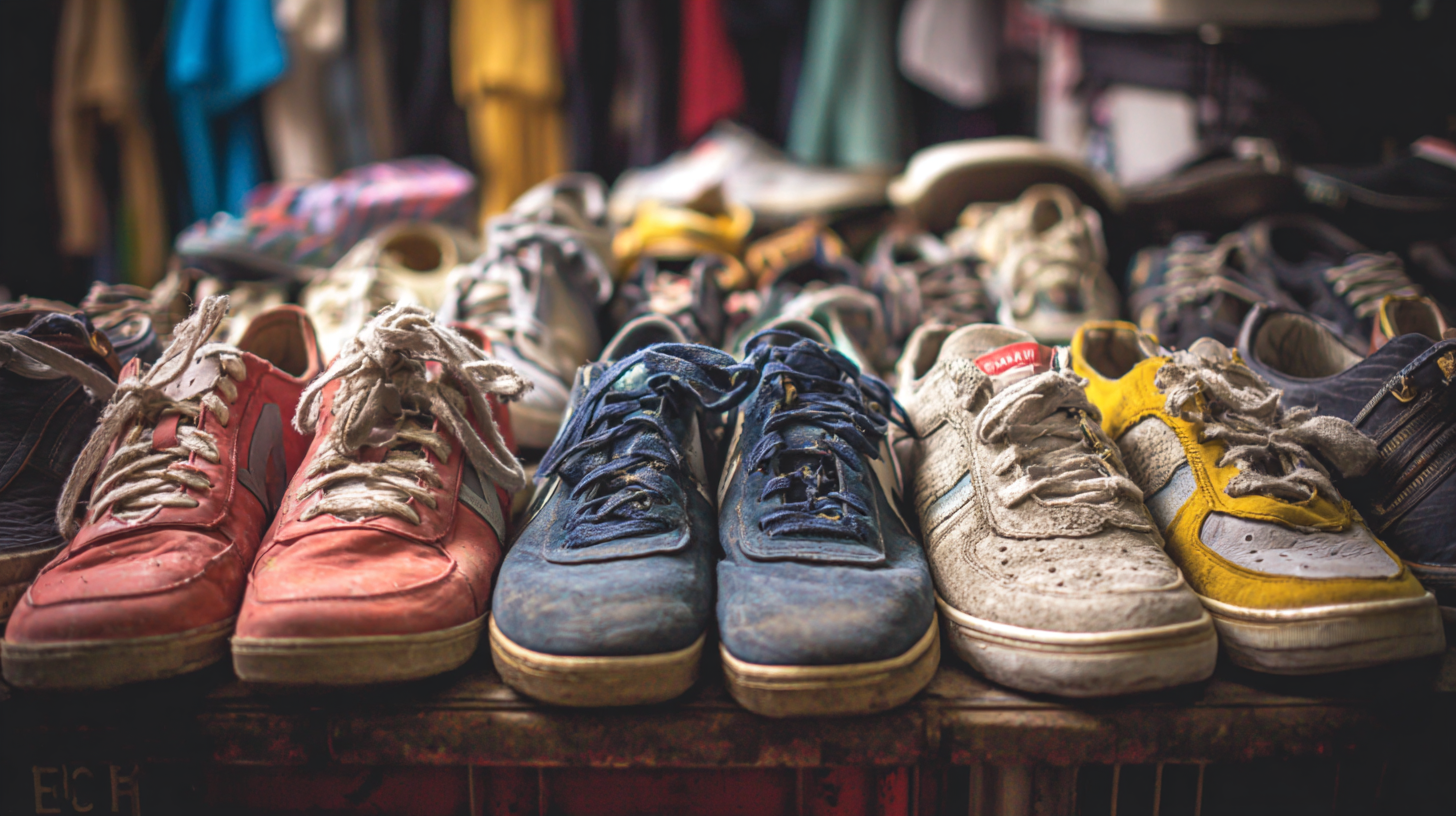
Navigating the complexities of shipping and import regulations is crucial for businesses engaged in sourcing high-quality used clothing and shoes on a global scale. According to the International Trade Centre, approximately 80% of developing economies' exports are comprised of textiles and apparel. For suppliers aiming to tap into this lucrative market, understanding the regulatory hurdles is essential to ensure compliance and avoid costly delays. Each country has its own specific regulations regarding imports, including tariffs, labeling requirements, and environmental standards that can impact the overall cost and efficiency of sourcing.
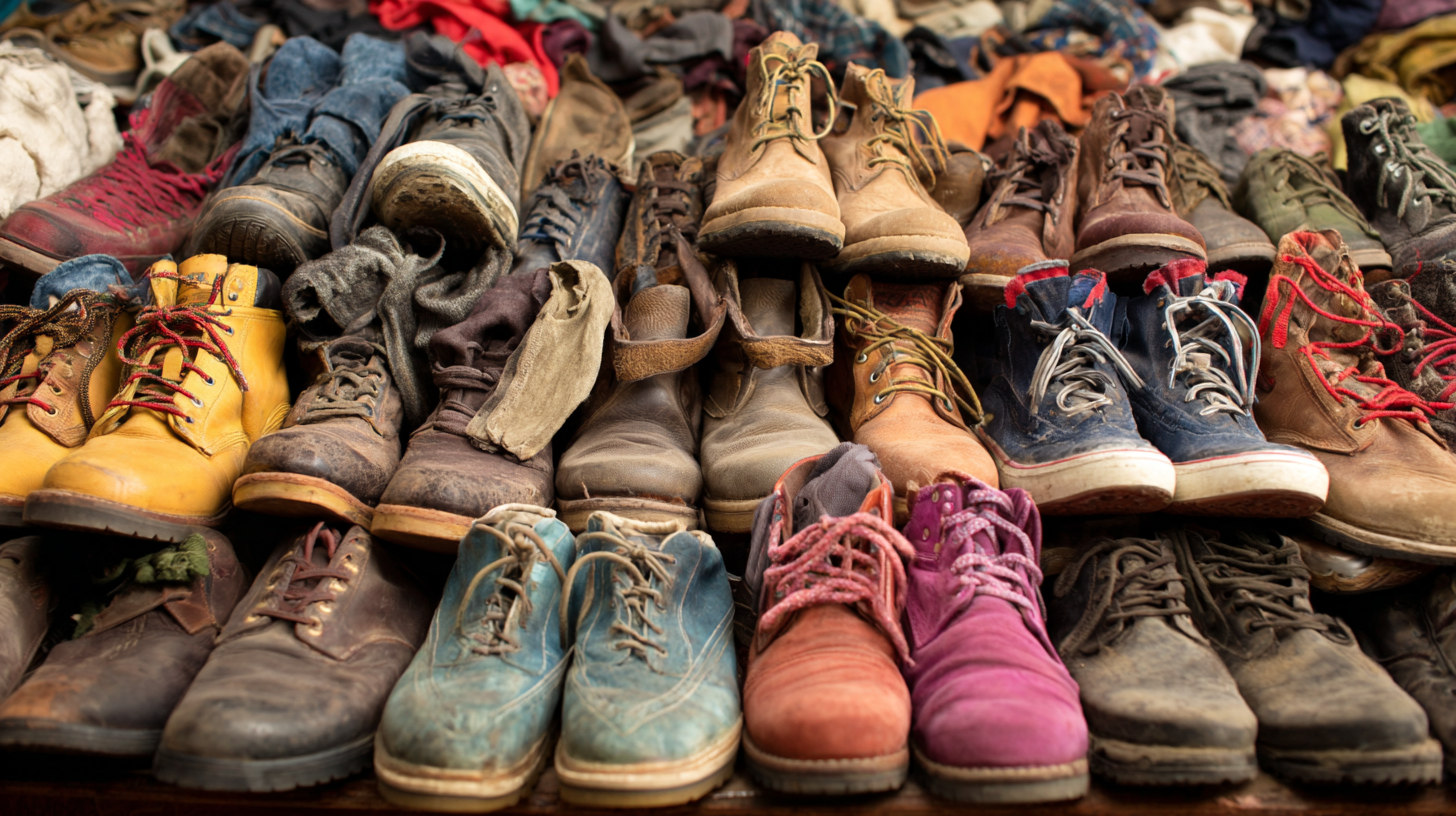
Furthermore, the global second-hand clothing market was valued at approximately $24 billion in 2021 and is projected to reach $64 billion by 2030, based on a report by the Circular Economy initiative. This growth presents a formidable opportunity for businesses, but navigating customs procedures is pivotal. Engaging with local import/export experts familiar with regional regulations can facilitate smoother transactions. Additionally, utilizing freight forwarders who specialize in textile shipments can help streamline logistics, ensuring that products meet the necessary criteria for swift clearance through customs. Understanding and adhering to these import regulations not only minimizes potential fines but also fosters strong relationships with international suppliers.
